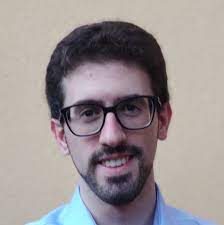Coffee talks
Friday 28/01/2022 @ 11:30, On-line - meet.google.com/sue-bwvk-axf
Emilio Ceccotti (Kapteyn Astronomical Institute (University of Groningen)), "A new method to generate models with physical spectral indices from radio images"
Accurate modeling of sky sources is crucial for calibrating radio interferometric data. In this talk, I will describe a new method, called "forced-spectrum fitting", for generating models with physical spectral indices. During a multi-frequency deconvolution, this method assigns spectral indices to each clean component using a pre-existing spectral index map. In combination with multiscale deconvolution, it enables the generation of extremely accurate models. I will present results from LOFAR data, specifically new observations of 3C61.1 and simulations of 3C196. The FR-II galaxy 3C61.1 is of particular interest because it is the brightest and most complex source near the North Celestial Pole, the primary field observed by the LOFAR-EoR project. Accurate spectral modeling is crucial for observations of the 21-cm line emitted by neutral hydrogen during the Epoch of Reionization (EoR). Bright astrophysical foregrounds are one of the most significant challenges of 21-cm experiments. Thus, sky emission is modeled and then subtracted from data to mitigate the foreground emission, trying to infer the 21-cm signal from the residuals. A complete model with spectral information is required to minimize calibration errors and contamination from such subtraction. When forced-spectrum results are compared to typical polynomial fitting results, it is clear that residuals are more uniform, especially when a ground-truth spectral index map is used, and models of sources have physical spectra. This can benefit interferometric data calibration and, in particular, 21-cm power spectrum estimates.

